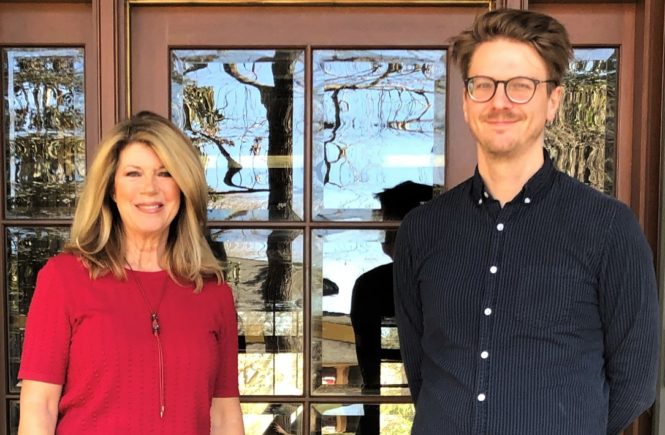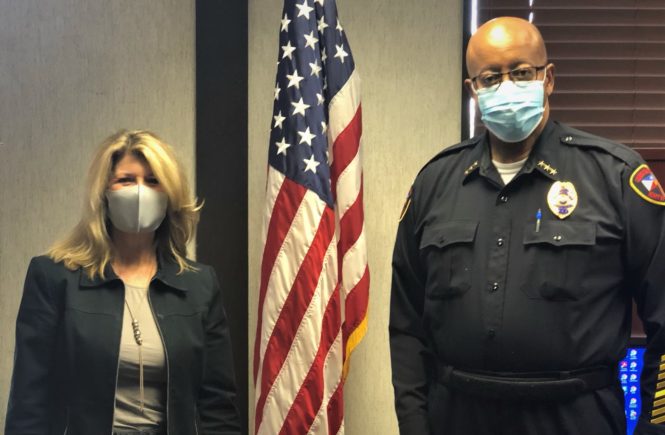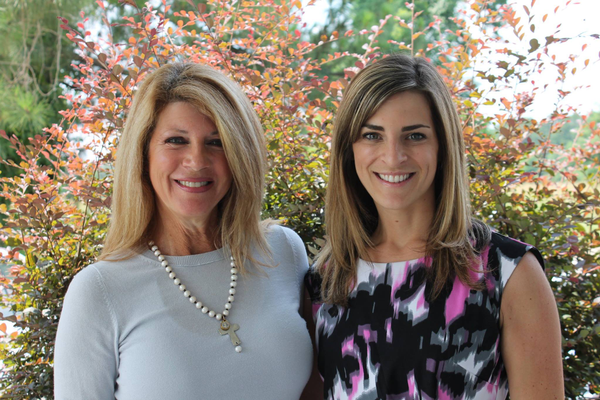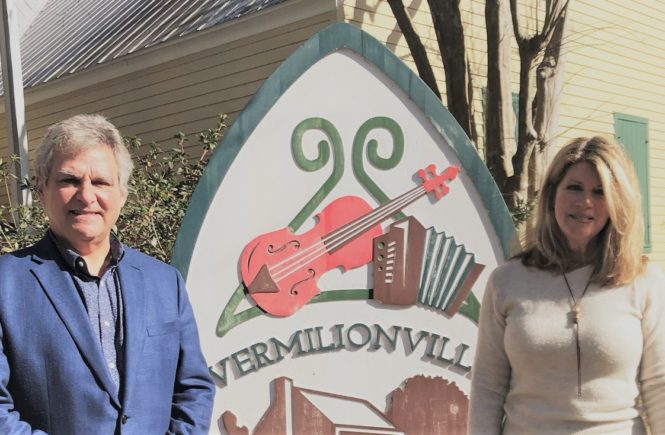Nathanael Johnson, the owner of Rêve Coffee, joined Discover Lafayette to share his 15-year journey in the coffee business. Since the age of eight, when Nathanael began rising early with his dad to share a cup of coffee before the elder Johnson left for work, he dreamed of having a coffee cafe in his hometown […]
Christiaan Mader of The Current – Lafayette-Based Nonprofit Journalist Motivated by Connection to Community
Discover Lafayette welcomed Christiaan Mader, founder and executive editor of the Current, Lafayette’s first non-profit digital news organization which he launched in 2018, to our show. He is also the host of Out to Lunch Acadiana, a radio show and podcast on KRVS that features Acadiana business community members. Christian is an award-winning investigative and […]
Lafayette City Police Chief Thomas Glover – Focused on Community
Lafayette, Louisiana welcomed our new police chief, Thomas Lee Glover, Sr., on December 23, 2020. He joined Jan Swift of Discover Lafayette to discuss what his career in law enforcement has taught him and his belief in the utmost importance of involving the community as a means of enhancing law enforcement effectiveness. A native of […]
Liz Webb Hebert – Chair of Lafayette City Council Focused on Improving Local Quality of Life
Liz Webb Hebert, Chair of the Lafayette City Council and representative for City Council District 3, joined Discover Lafayette to discuss her passion for service at the local level and working to improve the region’s quality of life. Growing up in Carencro, Louisiana, and the baby girl of her family with four older brothers, Liz […]
David Cheramie, CEO of Bayou Vermilion District
David Cheramie, CEO of the Bayou Vermilion District (“BVD”), joined Discover Lafayette to discuss the operations of his organization. Passionate about his calling to preserve our unique culture while educating others on the topic, and stressing the interdependence of our people with the land and water, Cheramie brings a poetic voice to our podcast. Serving […]





